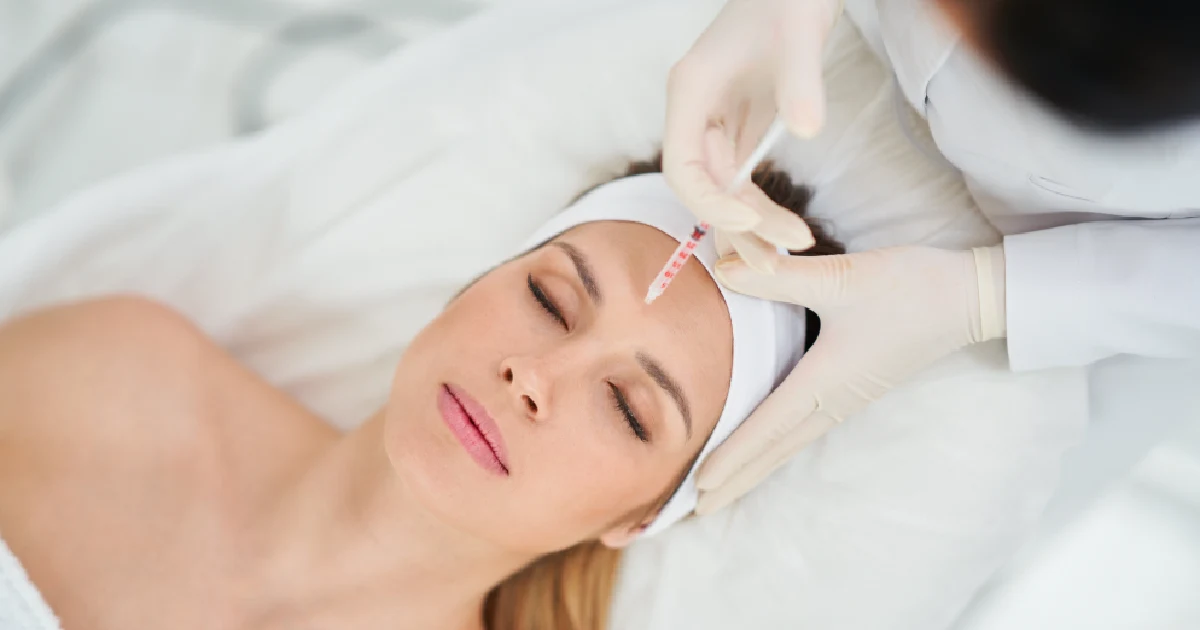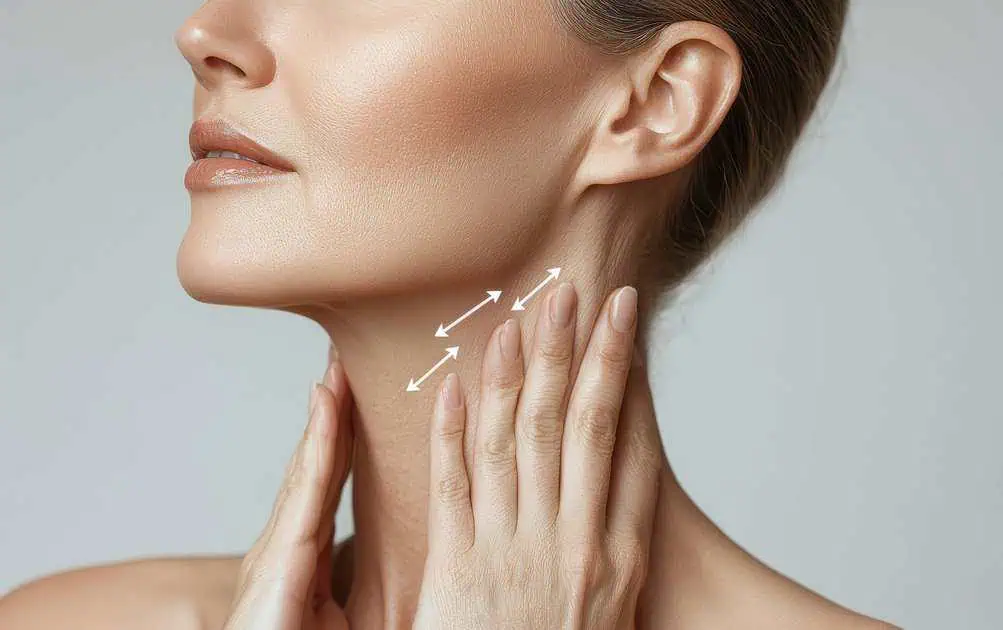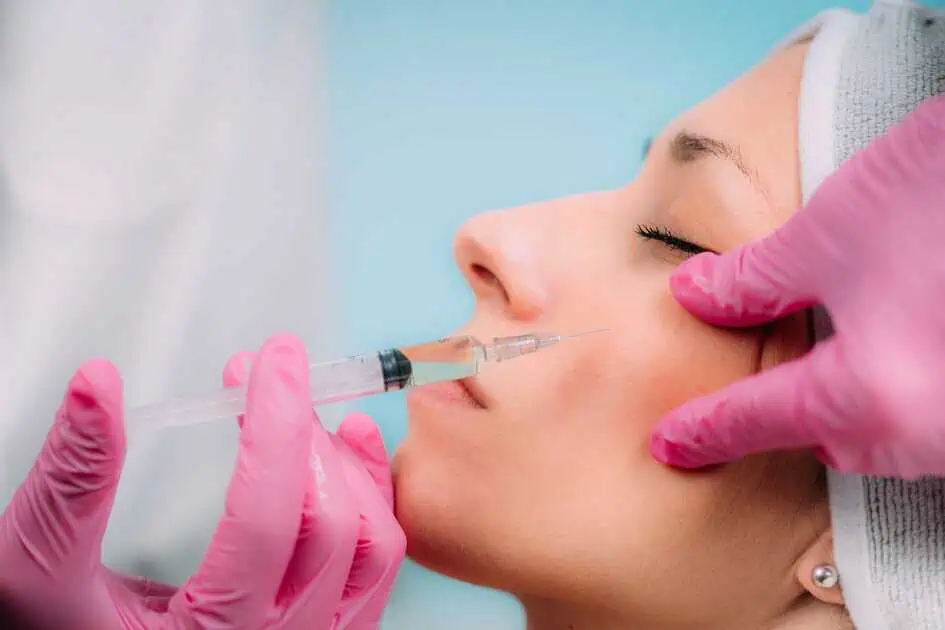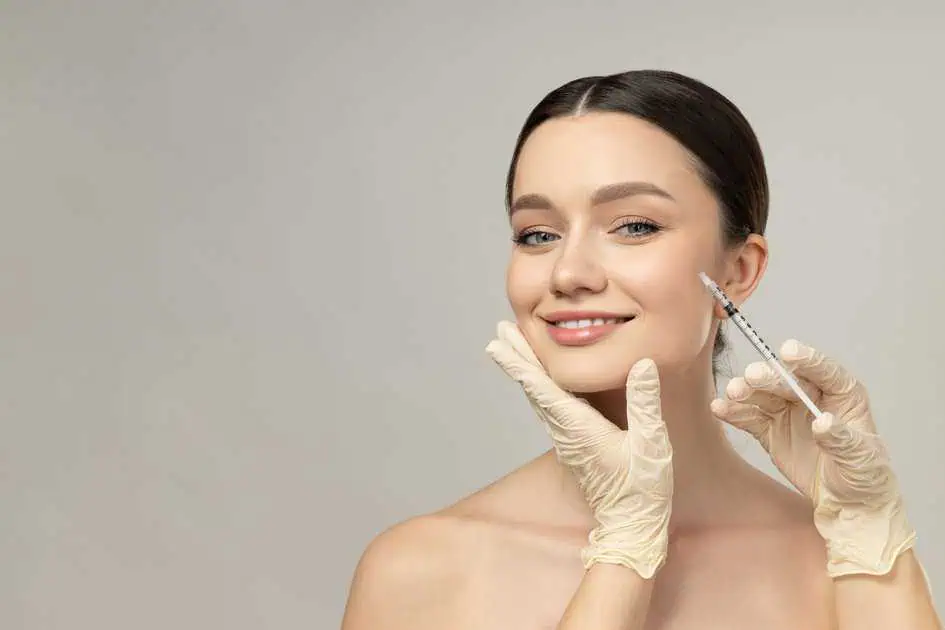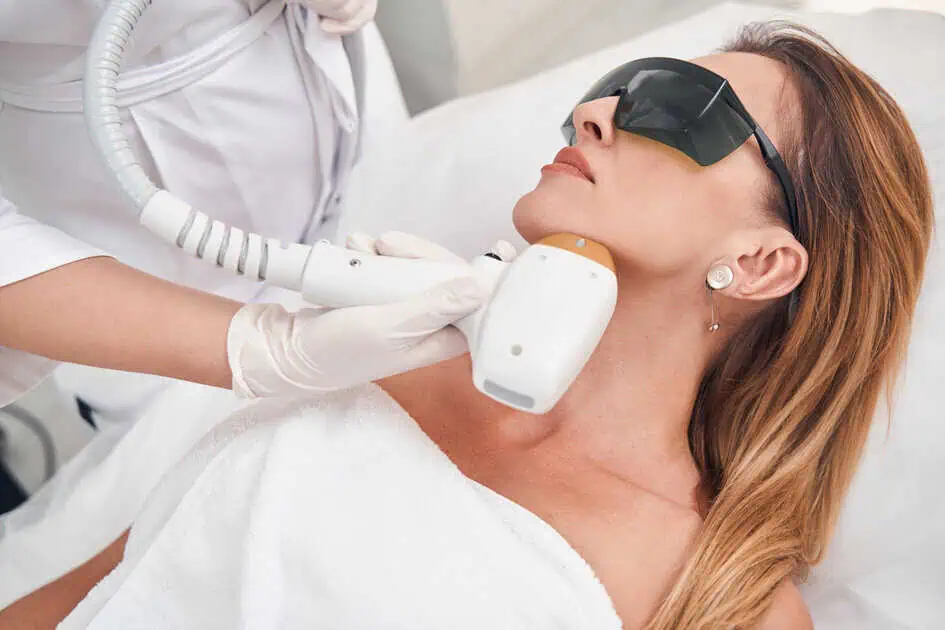Signs of aging are inevitable, and people should expect and be reassured that it will all happen to us naturally. However, while that is true, there is no harm in trying out several cosmetic treatments to help lessen these signs of aging to improve your appearance. One of the signs of aging most people are concerned about is the nasolabial folds.
The nasolabial folds are indentation lines that run from the nose’s edge to the mouth’s outer corners on either side of the mouth. When people smile, they become more visible. With time, these folds tend to deepen. Some people get wrinkles next to their nasolabial folds, which are more noticeable when they smile. These are also known as smile lines or laugh lines.
Nasolabial Folds Are Normal
Nasolabial folds are not a medical condition; they are a normal part of human anatomy. However, as people get older, these folds can deepen and sag. Some people develop lines next to their nasolabial folds as they get older, and others develop lines that run from the brow to the chin, known as marionette lines.
How Nasobial Lines Become More Noticeable
The most common reasons for deepening nasolabial folds are age, sun damage, and smoking. UV rays in the sun deteriorate the collagen and elastin fibers in your skin, reducing its smoothness and support. These fibers are also broken down by smoking. Your nasolabial folds can become more prominent as you get older due to cumulative skin damage.
Even without sun damage or smoking, normal aging can play a role. The structure of your cheekbones flattens out as you get older. Likewise, the skin on your cheeks may sag or droop downward. Years of gravity pulling on your skin and a natural decrease in collagen and elastin create the ideal unwanted recipe for wrinkles, loose skin, and nasolabial folds.
Nasolabial folds can also be caused by significant weight gain or loss. Skin loosening can occur due to weight loss, particularly in the face and neck. Weight gain can plump up the cheeks and draw attention to the nasolabial folds.
On some occasions, side sleeping makes one or both of your nasolabial folds deeper. If deepening folds are a concern, you can certainly switch to sleeping on your back. However, a good night’s sleep, on the other hand, is crucial for skin repair and overall health.
How You Can Potentially Lessen Its Appearance
Facial muscles, like any other muscle group, can be toned. Strong facial muscles make controlling facial expressions easier. A toned face may appear tighter, just as a toned stomach may appear less saggy.
While frequent smiling can exacerbate nasolabial folds, no one should try to avoid smiling. Laughter and smiling are essential social cues that positively impact a person’s mental health. So smile when you can; your mental health far outweighs your facial features, which counts.
Some claim that facial exercises can help to strengthen the muscles that surround the nasolabial folds, making them less noticeable. On the other hand, facial exercises are frequently unproven in the scientific community. Nonetheless, you can give them a shot to see if they work for you.
How To Get Rid Of Nasolabial Folds?
Asking a skin care professional or a cosmetic dermatologist can help determine what’s causing your nasolabial folds to deepen and what treatment is best for you.
Consider working with a reputable and caring cosmetic dermatologist and start with a non-invasive cosmetic procedure first. While there are surgical options available, perhaps, in your case, you don’t necessarily need them. However, if the cosmetic dermatologist determines that non-invasive procedures are insufficient, you can proceed with surgical options and undergo total surgery.
Here are some of the most common techniques that can help deal with nasolabial folds:
Dermal Fillers
Dermal fillers are frequently the first step in reducing nasolabial folds. Dermal fillers are injected into the skin around the cheek by dermatologists or other aesthetic professionals, and it helps lift the skin and adds volume to the area. How much dermal filler and which type will be used is determined by how severe the nasolabial folds are.
The most commonly used fillers are hyaluronic acid, a natural component of skin, and calcium hydroxylapatite, which is frequently found in bones. In addition to plumping the skin, both have been shown to help stimulate collagen growth.
Fillers are simple to inject in the office and have a quick recovery time. Although some people experience minor bruising, you can use makeup to help cover the bruising right after treatment.
While fillers are quick, easy, and virtually painless, they are not a permanent solution. They can endure anywhere from six months to two years, with the majority lasting six to nine months. How long a dermal filler lasts is determined by the filler used and how quickly it dissolves in your body. Typically, the more expensive they are, the longer they stay.
Skin Tightening Methods
Your provider may use a skin-tightening treatment if loose skin is the cause of unwanted nasolabial folds. An ultrasound, fractional radiofrequency device, or fractional lasers are a few potential options applicable in your case.
While these treatment options each have different approaches, their procedures work similarly. They cause damage to the skin beneath the top layer in microscopic areas. Collagen production is stimulated, resulting in thicker, tighter skin. However, skin tightening alone is improbable to make a significant discrepancy in most people’s nasolabial folds.
Surgery
Nasolabial folds and other signs of aging can be reduced with a cheek lift or a full-face lift. While effective, surgical options are costly and frequently not covered by insurance. It also has a lengthy recovery period and significant risks of complications.
For nasolabial folds, there is no permanent solution. While some treatments can last for years, natural aging cannot be avoided entirely. Over time, even surgical alterations will change and show signs of aging.
Takeaway
Nasolabial folds are not a sign of any medical condition but a simple part of human anatomy, but they tend to get deeper when aging happens. If you want to address nasolabial folds, consider contacting our clinic, PREVA Aesthetics. We offer services that help address our clients’ skin concerns and aesthetic goals. If you have any queries, see our frequently asked questions page.

